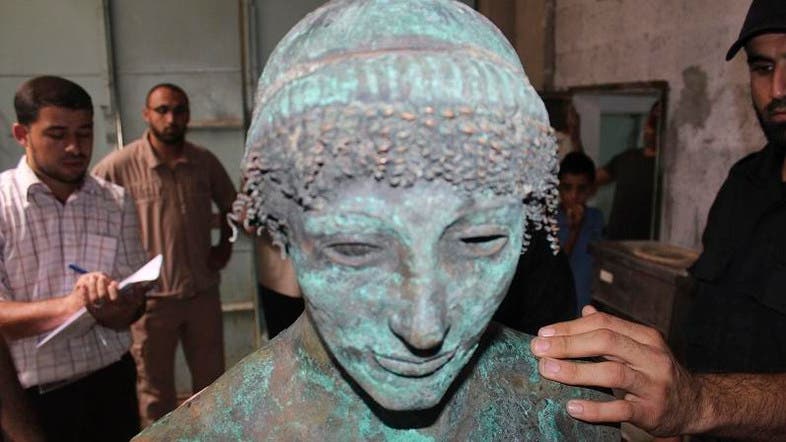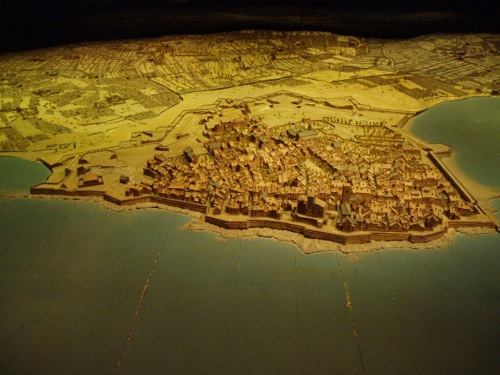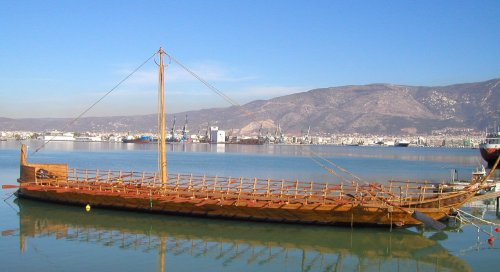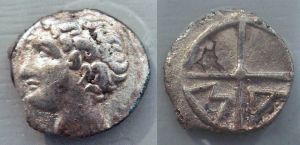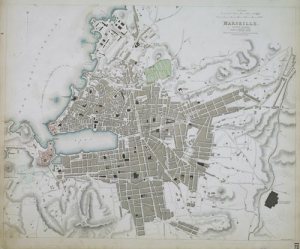 |
| A newspaper article from the time when Bin Landen was the "good guy" |
He was the scion of one of Saudi Arabia's wealthiest families, a billionaire's boy who went to prep school and studied civil engineering.
But driven by fear that Islam was under siege, Osama Bin Laden rejected a career in his late father's construction empire to become an architect of terror.
In his 54 years, he proved to be a man of contradictions.
He welcomed America's help in the 1980s while he was a mujahedeen guerrilla battling Soviet troops in Afghanistan, only to declare war on the U.S. a decade later.
He spawned the deadliest attacks on U.S. soil, yet fancied himself an avenger of terrorism - a victim, not a perpetrator.
"The terrorism we practice is of the commendable kind, for it is directed at the tyrants and the aggressors and the enemies of Allah," he said in a 1998 interview with ABC reporter John Miller.
Born in 1957 in Riyadh, the 17th of Muhammed Bin Laden's 50 children, Osama was 11 years old when his father was killed in a plane crash.
He was raised by his mother, Alia Ghanem, and his stepfather in a strict Muslim family.
He attended the Al-Thager Model School, an elite boarding school in Jeddah, where he got a British-type secular education mixed with Islamic teachings.
Biographers have traced his violent activism in the name of Allah to his teachers at Al-Thager.
While studying civil engineering and economics at King Abdulaziz University, Bin Laden became a disciple of the Muslim Brotherhood and Abdullah Azzam, founder of the Hamas militant group.
From 1986 to 1988, he raised money for the mujahedeen and fought alongside guerrillas battling to expel the Soviets from Afghanistan with America's help.
His alliance with the U.S. was brief. In 1988, he founded Al Qaeda with a goal of stomping out Western influences in the Arab world.
When U.S. troops used bases in Saudi Arabia to quash Saddam Hussein's 1990 invasion of Kuwait, Bin Laden bashed the Saudi government for being on the wrong side.
His politics got him branded as a threat in his home country and booted from the Saudi kingdom in 1991.
Within years, he would become an official enemy of the U.S., implicated in the 1993 truck bombing at the World Trade Center that killed six people.
"The call to wage war against America was made because America has spearheaded the crusade against the Islamic nation," Bin Laden said in the ABC interview.
Resigned to a life as a global fugitive, Bin Laden's Al Qaeda attacks became bigger and bloodier:
- The 1996 bombing of a U.S. military housing complex in Khobar in Saudi Arabia killed 19 Americans.
- The 1998 truck bombings of U.S. embassies in Nairobi, Kenya, and Dar es Salaam, Tanzania, killed 224, including 12 Americans.
- The attack on the Navy destroyer Cole in 2000 in Yemen's Aden Harbor killed 17 sailors.
- And the Sept. 11, 2001, attacks killed nearly 3,000 people.
Hiding in Afghanistan and Pakistan, Bin Laden - who had at least four wives and 10 children - managed to elude capture.
On a series of videotapes and audiotapes, he taunted the U.S. about his diabolical acts, vowing never to be taken alive.
On Sunday, at the age of 54, he got his wish
text source:http://www.nydailynews.com/news/world/osama-bin-laden-transformation-rich-saudi-scion-u-s-ally-public-enemy-1-article-1.140411







































